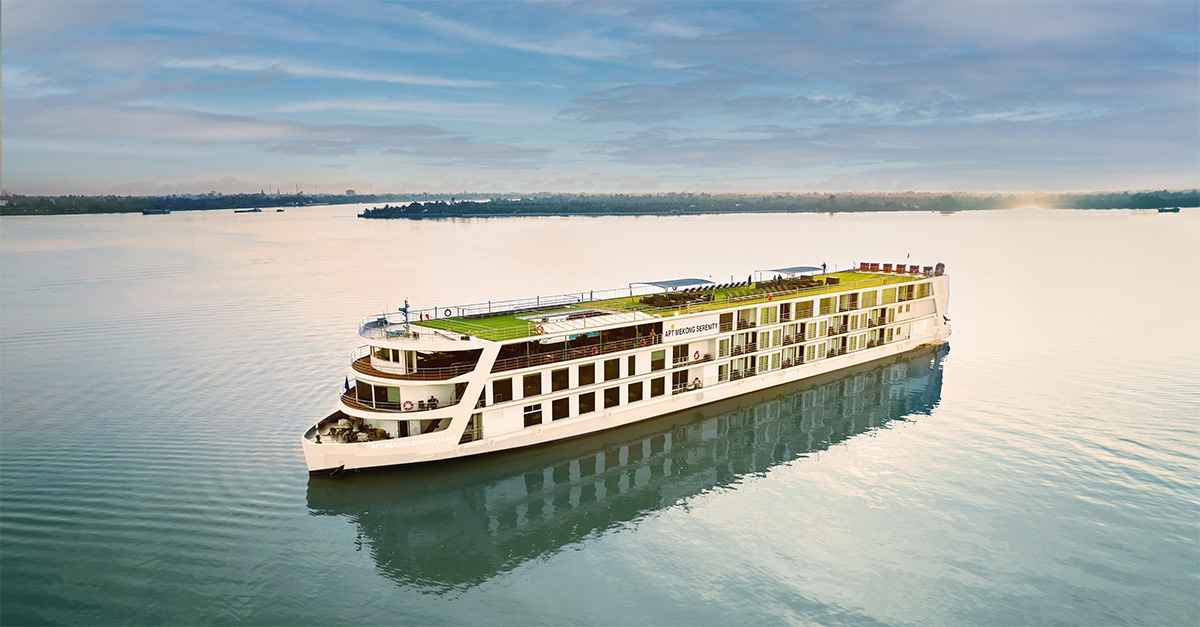| Image: PCL |
When it comes to throwing a party, no-one does it quite
like the Spanish. At some point throughout the year everywhere,
from the smallest village to the biggest city, dedicates a couple
of days to all-out celebration, involving street parties, music,
dancing and plenty of food and drink.
Spanish Tourist Office UK director Ignacio Vasallo explained:
“The local fiestas are a vital part of Spain’s
traditions, reflecting all aspects of its culture and showing how
full of life the Spanish people are.
“Most fiestas seen today have their origins in pagan or
religious customs but different regions have developed their own
stories,” he said.
Usually, it is the local saint that gives the reason to celebrate,
but any excuse will do, be it deliverance from Moorish invaders, a
good harvest or a safe return from sea.
For clients looking to experience a city break with a difference,
fiestas offer the chance to witness some wonderful street scenes
and parties alongside the usual attractions of the main Spanish
cities.
Cresta product manager for cities Ian Lomas said:
“Competition between city-break destinations is intense and
fiestas can be an important selling tool for agents. It can add an
extra dimension to the city and can be the difference between
making and losing a sale.”
Bridge product manager Michelle Evans agreed Spanish fiestas have
become hugely popular and urges agents to encourage clients to book
early. “Hotel accommodation is notoriously difficult to come
by during key fiestas,” she said.
Superbreak sales director Ian Mounser suggests agents could promote
special fiesta packages in their store windows. “Agents need
to plan ahead and make sure their clients know what fiestas are
coming up.”
With so many events to choose from Travel Weekly offers a guide to
the main fiestas that take place every year throughout
Spain.
| Southwest Spain |
What? Las Fallas.
Where? Valencia.
When? March 12-19.
If your clients fancy some flaming action book them a break to
Valencia in mid-March for a loud, smoky, rowdy fiesta where the
whole town is literally set ablaze. Alongside an extensive five-day
roster of bull fights, paella cook offs and beauty pageants, huge
papier maché effigies stuffed with fireworks are placed at
more than 350 points around the city, which are set alight for the
three million revellers attending the annual spectacle.
Anything else? Spain’s third-largest city,
Valencia boasts great weather and enough attractions to keep
culture vultures happy for a few days. The Museo de Bellas Artes is
among the best in Spain and contains works by El Greco, Goya and
Velazquez.
What? La Tomatina.
Where? Buñol, near Valencia.
When? the last Wednesday in August.
Every year the charming town of Buñol, 30 miles from Valencia,
hosts the world’s largest food fight as 90,000 pounds of
tomatoes are hurled in the name of fun. The tradition started by
chance in the 1940s when a group of friends started a tomato fight
after one too many sangrias. Today, up to 20,000 people crowd into
the town square to welcome trucks laden with soon-to-be-thrown
tomatoes – a messy finale to a week-long celebration in
honour of the local saint.
| Northeast Spain |
What? La Diada de Sant Jordi.
Where? Barcelona.
When? April 23.
Clients looking for a romantic trip away should go to Barcelona on
St George’s day. It’s easily the most amorous day of
the year in this romantic city. Saint George (Sant Jordi) is the
patron of the Catalonians, as well as the English; our Latin
cousins prefer to accentuate his romantic and chivalrous attributes
rather than his dragon-slaying exploits. Like Valentine’s Day
with a Mediterranean twist, expect to see hundreds of roses and
lots of dancing, poetry reading and smooching.
Anything else? There are many reasons why
Barcelona is one of Europe’s top city-break destinations.
Visitors can take in the architecture of Gaudi, the atmosphere of
the old Gothic town or watch the world go by along Las
Ramblas.
What? Els Castellets.
Where? Tarragona and Valls, south of
Barcelona.
When? September 23 and October 29.
The most spectacular tradition in the region of Tarragona is the
‘Castellers’, the human castles. Brightly dressed teams
come together to see who can construct the highest human tower
– awe-inspiring constructions often involving more than 50
people and reaching 10 metres in height. A castle is complete when
the ‘aixaneta’ (a child) crowns the human tower. The
tradition is said to derive from old folk dances that involved
mounting a small platform.
Anything else? Tarragona, 65 miles south of
Barcelona, is an old Roman town and many buildings from that period
remain today. Among them are the old amphitheatre and the
two-tiered aqueduct.
| Northwest Spain |
What? San Fermín.
Where? Pamplona.
When? July 6-14.
Clients in search of adventure should join the crowds at the San
Fermín festival in Pamplona for nine days of revelry, dancing,
prayers and bacchanalian extravagance. The most famous event is the
highly risky ‘running with the bulls’ through the
streets of the town. “Making the run while drunk is totally
forbidden,” warn the event organisers.
Anything else? A day trip from Pamplona to San
Sebastian, 70 miles away, won’t disappoint. The glitzy
beachside resort is famed for its sumptuous tapas bars and frenetic
nightlife.
| Southern Spain |
What? Feria de Abril.
Where? Seville.
When? end of April.
Originally a cattle trading fair, the Feria de Abril has evolved
into an amazing round-the-clock spectacle of all that is Spanish
– flamenco dancing, bull fighting and sherry drinking.
Brightly coloured tents, decorated with thousands of paper
lanterns, are set up on the old cattle market field, while women
don spectacular Gypsy-inspired flamenco dresses. Clients visiting
the most notorious tent ‘Er 77,’ can drink wine drawn
from a well and sleep it off in beds provided in the back.
Anything else? Seville’s two great monuments
– the Muslim Alcazar and the Christian Cathedral – are
among the many World Heritage sites in this enchanting city.




